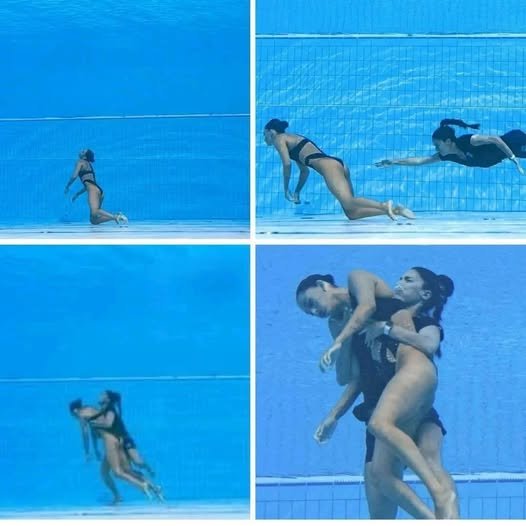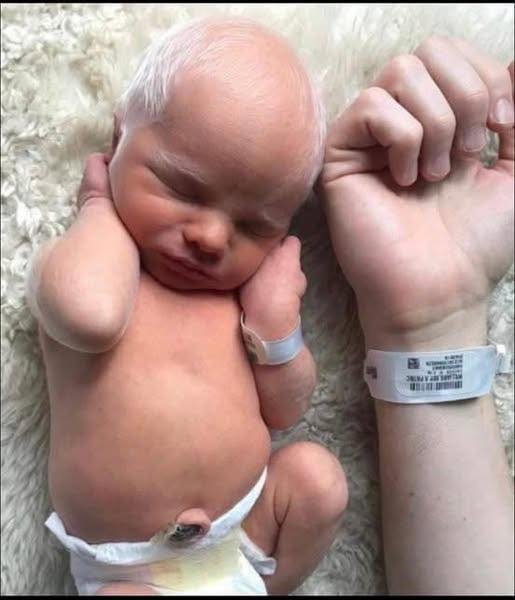A heartbreaking tragedy in Montreal has shaken an entire nation and sparked immediate calls for change, after a 14-year-old boy drowned during a school swimming class—remaining unnoticed at the bottom of the pool for a staggering 38 minutes. The student, Blessing Claude Moukoko, was in the eighth grade at Centre Père-Marquette school and was participating in a regular physical education session on February 15, 2024. What was meant to be an ordinary school day ended in an unforgivable loss: the life of a child vanished before everyone’s eyes.
During the swimming class, Blessing mysteriously disappeared into the deep end of the pool. Despite the presence of teachers and fellow students, no one noticed he was missing. The class continued as usual—students got out of the water, changed, and prepared to leave. It was only then that someone glanced back at the pool and noticed his motionless body at the bottom.
Panic broke out. Blessing was pulled from the water as frantic CPR attempts began. Paramedics arrived and rushed him to Maisonneuve-Rosemont Hospital, where doctors fought to save him after his prolonged lack of oxygen. But after six days in critical condition, he did not survive. Blessing passed away from severe brain injuries, leaving a profound emptiness in the hearts of his family, classmates, and the wider community.
A forensic investigation revealed serious errors and systemic gaps in safety protocols for school pool environments. The report was clear: swimming classes must not focus solely on technique or physical performance. Water safety education must be at the core of every program. The findings called for stricter supervision, stronger safety regulations, and a comprehensive overhaul of how schools manage swim instruction. The call to action was not vague—it was urgent.
Montreal Mayor Valérie Plante spoke publicly with visible emotion, saying, “It breaks my heart. It’s hard to imagine what the teacher is feeling. It’s just awful.” She emphasized the need for deep reforms, adding, “We need to make sure our children know how to behave in the water. We must do everything we can to ensure schools have the resources to protect them.”
The incident sparked a national debate. Educational leaders, parents, and water safety experts began calling for new standards: mandatory safety drills, more lifeguards during school swim classes, strict attendance checks before and after each session, and training that prioritizes prevention over performance.
Blessing’s death is a tragic reminder of how quickly a life can be lost—and how easily disaster can strike when attention lapses for just a moment. His story has sparked a movement born out of grief but fueled by determination to protect other children from a similar fate. Friends and family remember him as a gentle soul full of promise. Now, his memory has become a call to action, echoing through schools, cities, and government halls—to ensure no other student goes unnoticed, and no other family endures such pain.


